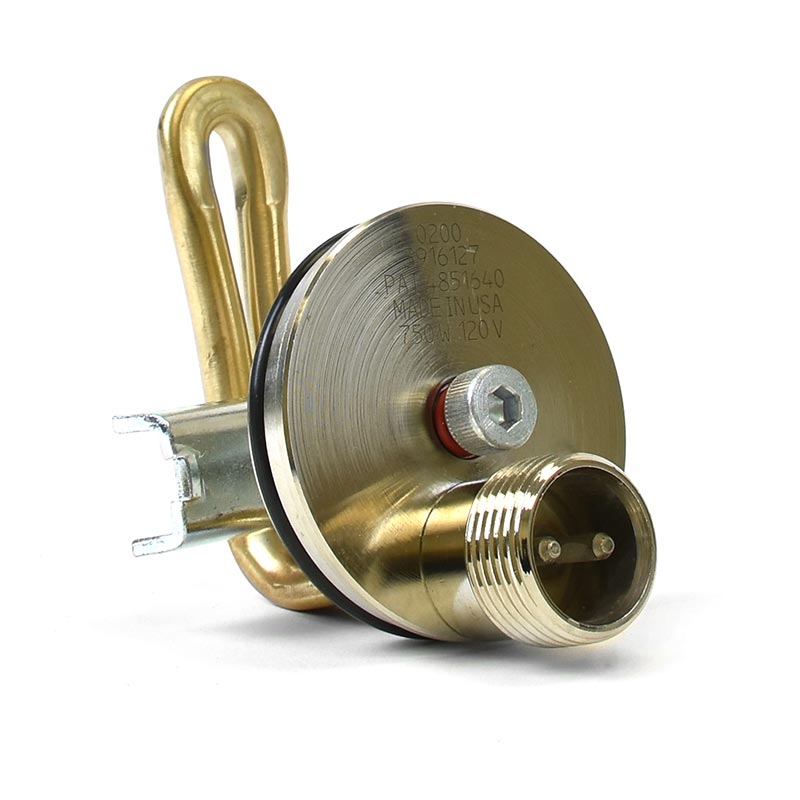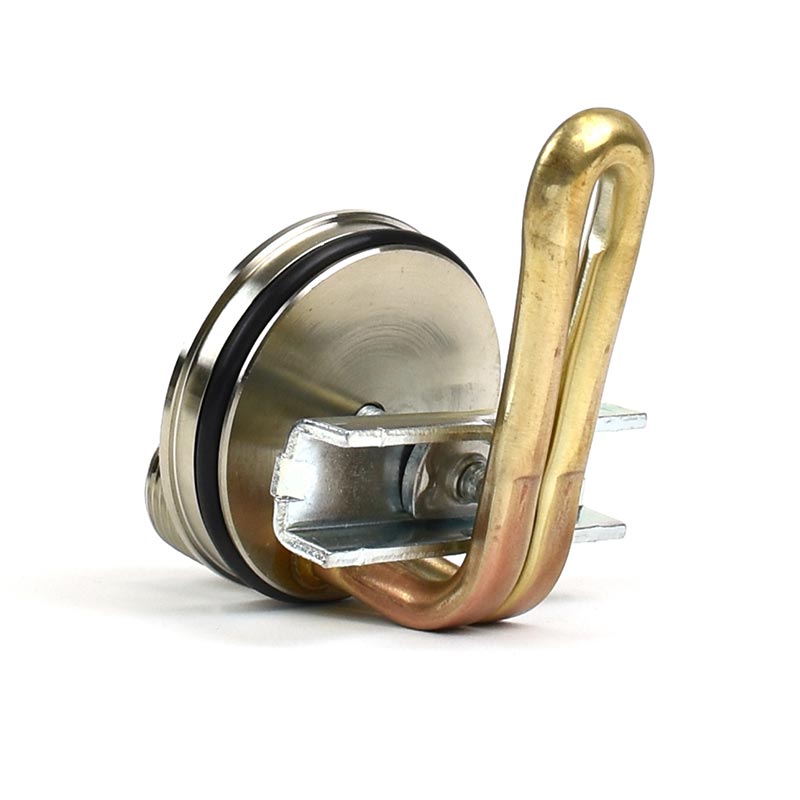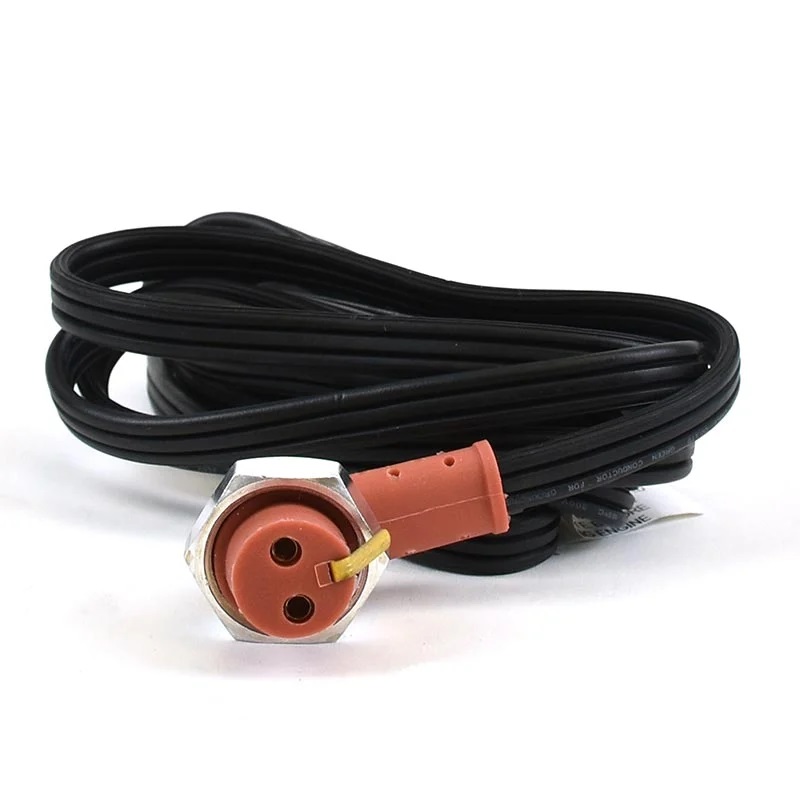

Engine block heaters are one of those out of sight, out-of-mind technologies. In most cases, you would not even know a vehicle had one without seeing the tell-tale sign of an electrical plug hanging out the front of the vehicle. As the temperature begins to drop though, it becomes clear why block heaters are so important when you live in the frozen north.
Engine block heaters are typically standard equipment on diesel vehicles and are also available on many gasoline-powered vehicles. An engine block heater is vital for cold weather operation to ensure optimum starting performance and helps to improve cabin heating. Most diesel manufacturers require the use of the engine block heater anytime the vehicle is to be started at temperatures below 20°F (-6.7°C). Please check your owner’s manual for more details regarding block heater usage in your specific application.
An engine block heater typically consists of an electric heating element that is used to warm the coolant. The heating element is normally installed directly into the cylinder block through a freeze plug or threaded port. When you plug in the heater, it heats the coolant in the block. This in turn heats the block and everything attached to it. Activating the block heater is as simple as connecting an extension cord to a plug mounted on the front of the vehicle.
Why is an Engine Block Heater so Important in Cold Weather?
Cold temperatures can place extraordinary demands on an engine’s lubrication, electrical, and fuel systems. Engine oil naturally thickens in freezing temperatures. This can cause moving parts to scrape until the oil begins to circulate. Starting your vehicle and letting it idle to warm up is not recommended in severe cold conditions. This will leave your engine susceptible to damage from a lack of proper lubrication during start-up.
The most visible result of using an engine block heater is it drastically speeds up the time needed to warm the cabin/interior. This is something that you will really appreciate when you start your truck on a frigid morning. Using an engine block heater can also help increase fuel economy and reduce emissions as well (compared to an engine that was started cold).
If you are having trouble starting your truck in cold weather with the heating element plugged in, it is a good idea to check the heating element. If the element has failed, replacement of the heating element will make this experience much easier. Block heaters are normally a straightforward installation process. The confined spaces are typically the only issue that can make replacement a little more difficult.
What Are Some Common Mistakes With An Engine Heater?
- Do not run your engine while the engine heater is plugged in. This can create an air bubble around the element which will then cause the element to burn out prematurely. The engine heater element must be surrounded by engine coolant to ensure proper operation.
- Never plug in your engine heater prior to installation to check the functionality of the heater element. The Heater Element must be submerged in coolant! The heater element will heat up very fast and can burn out if it is not fully immersed in coolant.
- It is very important to bleed all the air from the engine coolant system. After installation of a new block heater run the engine before connecting the heater to power for the first time.
- Use coolant on the O-ring instead of a petroleum-based lubricant. A petroleum-based lubricant can significantly reduce the lifespan of the O-ring.
- Do not overtighten the heater element mounting hardware. The O-ring will form an adequate seal when the heater is torqued to the specifications. Over tightening will strip the screw threads and reduce the quality of the seal.

Heater Cords
The heater cord runs from the engine block heater to the front bumper or grille where a standard 110 Volt extension cord is plugged in. The heater cord can also be prone to failure over time. With moving parts and extreme temperatures nearby, they can rub or wear to the point of damaging the cord and even leaving bare wires exposed. Replacement heater cords are available and are typically easy to install. Just disconnect the old heater cord from the block heater and remove the old cord from the engine bay. Take your time when installing the new cord and carefully routing it to make share it is secure. It is always a good practice to keep the cord a safe distance from hot exhaust and moving parts.
Timers
There is typically no benefit to running an engine block heater for more than four hours. If you want to warm your truck before leaving for work, utilizing a timer is a great way to save on your electricity bill. If you are planning on leaving at 7AM, simply set the power to come on at 3AM or later. There is a wide selection of timers available for 110 Volt extension cords. A smart plug/outlet will even allow you to set a weekly schedule to automatically turn the power on/off (with the use of an app on your smart device).
